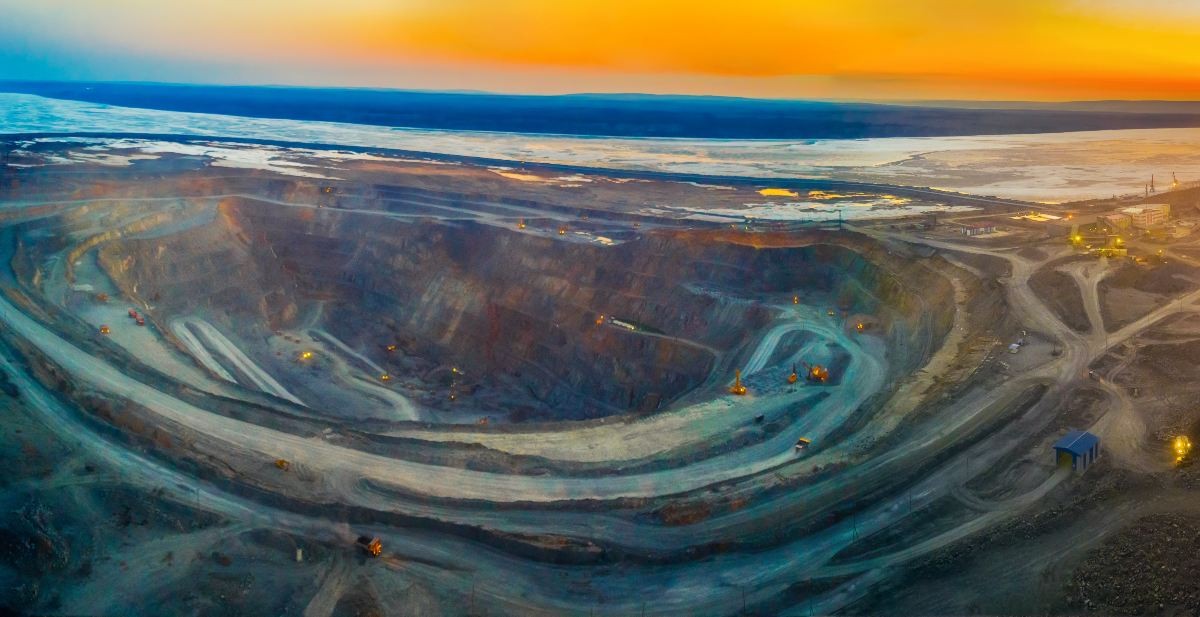Copper investment needed to ensure supply

“Significant supply deficit” expected as soon as 2023
By Carly Fields
A copper deficit is set to hit trade and the energy transition hard by the end of the decade, according to Rystad Energy.
Global demand for the pink metal will outstrip supply by more than six million tonnes by 2030, unless investment in mining is substantially increased.
The shortfall threatens to dent the move to renewables and particularly the growth of electric vehicles manufacturing as there is currently no substitute for copper in electrical applications, Rystad said.
The analyst projects a 16% rise in copper demand to reach 25.5 million tonnes per annum (tpa) by 2030. This contrasts with its supply forecast showing a 12% decrease over 2021 levels. “Estimates based on current and expected projects show supply will clock in at 19.1 million tpa, falling well short of the quantity needed to meet demand,” it said.
Looking further out, Rystad expects copper demand from all sectors combined to grow 32% by 2040, compared with 2020 levels. This includes the contributions of solar, onshore/offshore wind, hydroelectric, biomass and nuclear. This ‘green’ demand is expected to take up over half of the incremental increase in growth predicted for 2022. ING put total primary copper use up 6.5% year-on-year in 2021, anticipating a more moderate increase in 2022.
“The growing renewables and EV markets have pushed copper demand higher, causing prices to soar,” said Rystad - prices have risen 70% during the pandemic. “As the energy transition continues at pace and EV adoption grows in populous nations like China and India, the copper mining industry requires significant investment to keep up with demand,” said James Ley, global energy metals expert and senior vice president with Rystad Energy.
Rystad expects copper demand from all sectors combined to grow 32% by 2040, compared with 2020 levels
Mining hopes
Hopes for increased supply and trade to meet the shortfall rest on investment in new mining facilities. New copper resources continue to be discovered, Rystad said, including Grasberg in Indonesia and Kamoa-Kakula in the Democratic Republic of Congo. However, mining companies are proving hesitant.
“Many remain undeveloped as potential mines can suffer from low ore grades or because fiscal or political uncertainty in the host country,” it said. Also, operators need to be mindful of the high emissions large mines emit. Copper mining is energy intensive and there were high profile forced closures of mines in Peru late last year as a result of environmental protests. Political instability in Chile is also exacerbating supply problems.
“Lacklustre investments in copper mining are stumping supply, as the pandemic-driven market instability encourages investors to hold on to their capital,” said Ley.
The deceleration in copper supply growth can be blamed on a number of other factors: a focus on lowest-risk projects, ongoing pandemic lockdowns, work stoppages and delays, and logistics bottlenecks.
Rystad noted that the supply deficit could cause projects in many industries to experience lengthier lead times. “Since 75% of mined copper is used in electrical wires, power grids and motherboards, it is an indispensable commodity. Due to continued demand growth outpacing available supply, intermittent supply shortages would likely significantly impact raw copper rather than semi-finished product inventory,” it said.
Lacklustre investments in copper mining are stumping supply, as the pandemic-driven market instability encourages investors to hold on to their capital
‘Murky’ outlook
Wenyu Yao, senior commodities strategist at ING, said that 2021 proved somewhat of a surprise in mine supply as a number of planned projects came online. “The previously anticipated high disruption rate has not caused meaningful production losses. This is on course to register a 3.3% year-on-year growth and should maintain a medium-to-high level over the next two years amid a wave of projects that are just beginning.” However, she acknowledged the “bigger issue” of high freight rates and delays. “While many expect the situation to improve throughout 2022, the new Omicron variant makes the outlook murky,” she added.
Rystad expects any copper supply shortages to encourage greater recycling levels to boost availability, a belief shared by ING who sees the supply of scrap and other unrefined copper such as blister and anode becoming increasingly important, which will have big effects on the refined market balances on the regional market. That said, policy shifts also have a critical role to play and China is highlighted for tightening its standards on imported scrap.
For ING, the fortunes of the China property sector remains a big question mark as the sector has been an “engine of growth for copper demand” for the past two decades - representing almost a quarter of the nation’s total demand. “In the medium term, we expect copper to continue to benefit from late-stage construction along with a recovery in property completions,” it said.
Rystad, meanwhile, warns that the outlook for copper investment paints a bleak picture for future supply and that there could be a “significant supply deficit” from 2023 onwards. “With India’s projected economic growth and the buildout of EVs from China, the demand projection could end up being conservative and the supply shortfall even more severe,” it concludes.